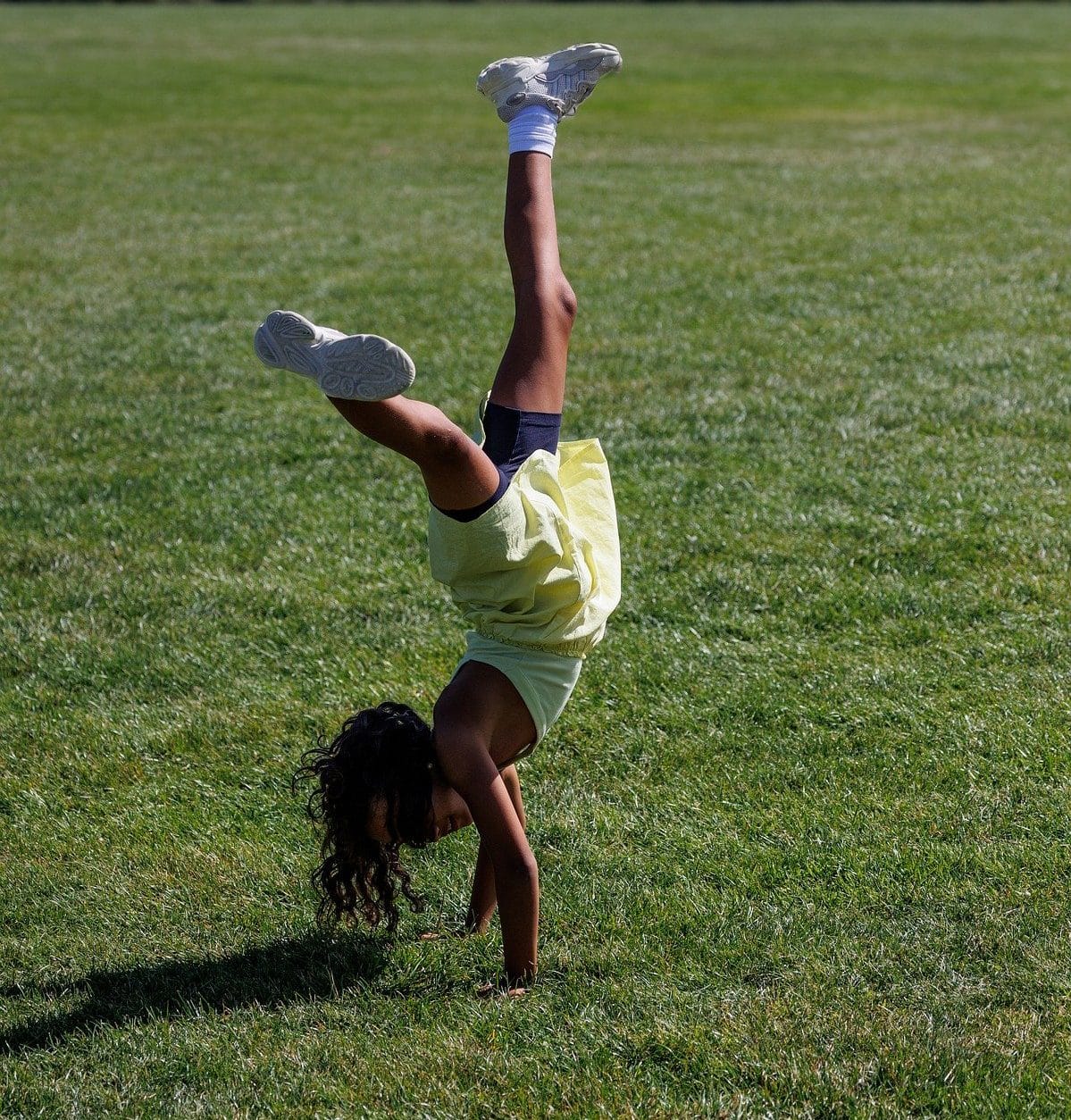
A building is a vertical property.
Vertical is a notion that has its etymological origin in verticālis , a word from the Latin language. In the field of geometry , the plane or line that is perpendicular to another plane or horizontal line is described as vertical.
Vertical is also that which extends from the foot to the head or that presents the direction of a plumb line (a weight that hangs from a rope and that, when hanging, indicates a vertical line ).
The upright position
We can understand the notion easily if we think about the position of a human body. A person who is standing is in an upright position ; On the other hand, a person who is lying down is in a horizontal position.
The concept can also be understood by comparing different types of constructions. Single-story houses are horizontal properties, which extend over the surface . Buildings ( towers , skyscrapers , etc.) are vertical properties since they develop from the surface upwards.
Symbolic use of the term
The idea of vertical is also used in a symbolic way. An organization is classified as vertical when all the actions of the lower strata depend on the decisions of the higher strata. These entities respect the hierarchical order to the maximum and imply the subordination of those who are in the lowest area.
In football , we speak of a vertical team when the team shows a marked offensive predisposition, trying to travel the playing field quickly to reach the rival area in the shortest possible time. Teams that are not vertical prefer to use the width of the field and advance more slowly.

Doing the vertical involves standing on your hands.
Make the vertical
Standing on your hands, doing a handstand or doing a vertical stance is an exercise that gymnasts perform easily, but that seems very difficult for the rest of the people: it consists of inverting the body on the vertical axis , so that the head is in The bottom and legs point upward, with the arms well extended, which must be kept firm so that the hands support the entire body.
Doing the vertical is not simply a flashy trick, but it is an essential procedure on the arduous path of working the body, since it brings various benefits when practicing any sport , and even yoga . Although at first they may cause fear in people with modest physical abilities, it is important to note that it can be practiced against a wall, to avoid many of the potential falls.
Among the benefits that the vertical brings is the strengthening of the arms, from the shoulders to the wrists, in addition to a significant improvement in the sense of balance . On the other hand, it helps strengthen and stretch the abdominal muscles, with the addition of promoting better functioning of the digestive system. As if all this were not enough, placing the heart above the head causes blood flow to change direction and, consequently, improves circulation and lymphatic drainage.
To do the vertical against a wall, it is recommended to choose a room with plenty of free space and without dangerous or fragile objects near the practice area. In addition, the first few times it is advisable to stand on a padded surface, which can serve to cushion potential blows.
Depending on the height of each person, the distance between the body and the wall varies slightly, although the average is approximately one and a half meters. After preparing with our arms extended upward, we push ourselves forward, place our hands on the floor and begin to rotate our body one leg at a time.
